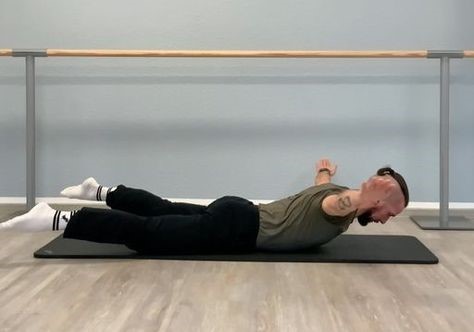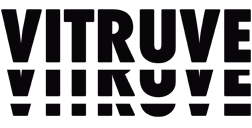1 de April de 2025
Proning exercises: Exercise Guide, Tips and Benefits
Proning exercises focus on movements performed in the prone position (lying face down) to improve posture, core strength, and overall body alignment. Originally recognized in medical settings for supporting respiratory function, these exercises are now a favorite in fitness routines that target the posterior chain without placing excessive strain on the spine.
What Are Proning Exercises?
Proning exercises involve lying flat on your stomach and performing lifts, holds, or dynamic movements. By working against gravity in this orientation, you engage muscles that often remain underused when training upright.
- Medical Origins: Often used to help with breathing in clinical settings.
- Fitness Applications: Strengthen core and back muscles, enhance posture, and add variety to traditional workouts.
How to Do Proning Exercises Properly
Begin by placing a mat on the floor and lying face down with your forehead or chin gently touching the mat. Keep your neck in a neutral position, drawing your belly button inward to support your lower back. If you feel tension in your lumbar region, slip a small pillow or folded towel under your hips.
As you perform each movement, focus on steady breathing and controlled motion. Engage your core throughout to avoid arching the spine excessively. Move slowly at first to refine your technique before adding repetitions or trying more challenging variations.

Muscles Worked by Proning Exercises
- Back and Posterior Chain: Targets spinal erectors, trapezius, and rhomboids, helping counteract slouched shoulders.
- Core Stabilizers: Abdominals and obliques brace the torso, preventing lower-back strain.
- Shoulders and Upper Arms: Movements like Prone Y/T Raises activate shoulder stabilizers and rotator cuffs.
- Glutes and Hamstrings: Variations that lift legs off the ground also engage the posterior hips and thighs.
Benefits of Proning Exercises
One major benefit is postural improvement. By strengthening your back and core, you help reverse the forward rounding that many of us develop from sitting too long. Proning also encourages deeper diaphragmatic breathing, which can enhance oxygen flow and relax tight muscles around the spine.
Additionally, these exercises are relatively low-impact, making them accessible to various fitness levels. Whether you’re a seasoned athlete or someone looking to address chronic back tension, proning drills can be adapted to fit your needs.
Common Mistakes to Avoid
- Overarching the Lower Back: Keep your core active to support the lumbar spine.
- Straining the Neck: Try looking down or slightly ahead instead of forcing your gaze forward.
- Holding Your Breath: Maintain smooth, steady inhalations and exhalations throughout.
- Skipping Props: If you feel discomfort, use a pillow or towel under your hips or chest to reduce pressure.
Variations of Proning Exercises
- Prone Cobra: Gently lift your torso and arms, focusing on scapular retraction and upper-back activation.
- Superman: Raise arms and legs simultaneously to target the entire back, glutes, and shoulders.
- Prone Swimmers: Alternate lifting opposite arms and legs in a dynamic, flowing pattern.
- Prone Y/T Raises: Move your arms into a “Y” or “T” shape to strengthen shoulders and mid-back.

How to Include Proning Exercises in Your S&C Workout
You can integrate proning drills in your Strength and Conditioning training as part of your warm-up to wake up the posterior chain or add them to a core circuit alongside planks and bridges. If you prefer focusing on them at the end of a session, use proning moves as a cool-down to improve posture and release tension in your back.
Aim to practice these exercises 2–3 times a week. Start with shorter holds or fewer reps, then gradually increase the difficulty. Over time, you’ll notice improved body awareness, stronger posture, and a more balanced workout routine.
FAQs About Proning Exercises
What is the prone breathing technique?
It’s a method of lying face down (often with cushions under the chest or pelvis) to encourage deeper and more efficient diaphragmatic breathing, commonly used in both clinical and fitness contexts.
When should prone position be avoided?
If you have severe spinal conditions, recent abdominal surgery, or you’re pregnant, consult a healthcare professional. Discomfort in your lower back or neck is also a sign you may need modifications or alternate positions.
What are the risks of proning?
When performed correctly, risks are minimal. Common issues like neck strain or lower-back pain usually stem from improper form, such as overarching the spine or failing to engage the core.
Prone position is bad?
Not necessarily. The prone position can deliver significant benefits for posture and core strength. Problems mainly arise if you disregard form, have certain medical contraindications, or ignore persistent discomfort.
Proning exercises can be a game-changer for anyone seeking improved posture, stronger back muscles, and better breathing mechanics. Start slowly, maintain proper alignment, and enjoy the full range of benefits these simple yet effective movements can offer.
